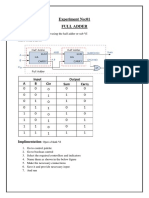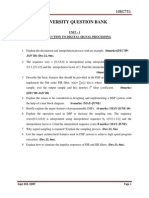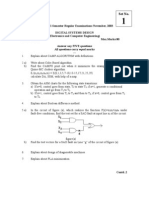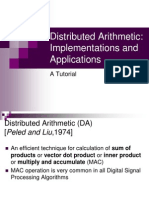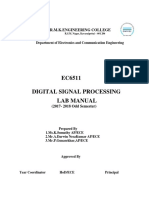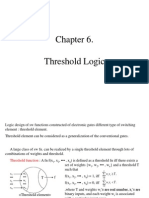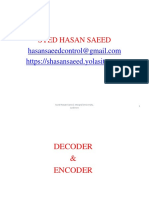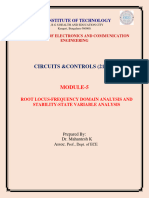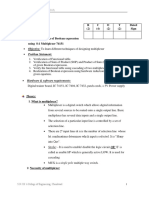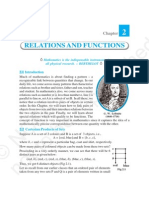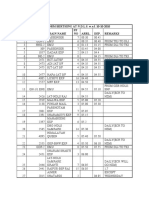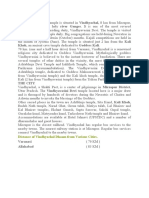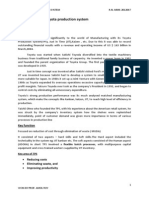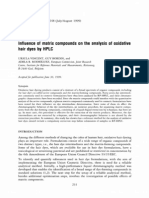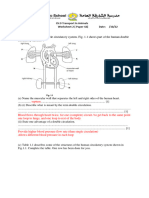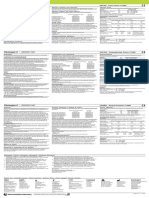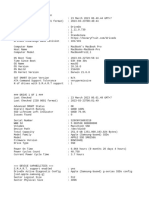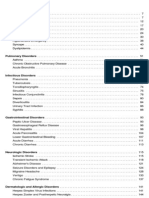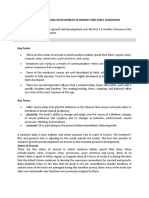0% found this document useful (0 votes)
933 views4 pagesCircular Shift and Convolution Guide
The document discusses circular shift and circular convolution of sequences. Circular shift involves shifting a sequence by an integer n0 while keeping it within the original range from 0 to N-1. Circular convolution sums the product of corresponding elements from two length-N sequences as they are shifted against each other from 0 to N-1. An example calculates the 4-point circular convolution of two 4-element sequences and obtains the output sequence {6,7,6,5}. Right and left circular shifts are equivalent up to the length of the sequence.
Uploaded by
Tejhas KapoorCopyright
© © All Rights Reserved
We take content rights seriously. If you suspect this is your content, claim it here.
Available Formats
Download as PDF, TXT or read online on Scribd
0% found this document useful (0 votes)
933 views4 pagesCircular Shift and Convolution Guide
The document discusses circular shift and circular convolution of sequences. Circular shift involves shifting a sequence by an integer n0 while keeping it within the original range from 0 to N-1. Circular convolution sums the product of corresponding elements from two length-N sequences as they are shifted against each other from 0 to N-1. An example calculates the 4-point circular convolution of two 4-element sequences and obtains the output sequence {6,7,6,5}. Right and left circular shifts are equivalent up to the length of the sequence.
Uploaded by
Tejhas KapoorCopyright
© © All Rights Reserved
We take content rights seriously. If you suspect this is your content, claim it here.
Available Formats
Download as PDF, TXT or read online on Scribd
/ 4
